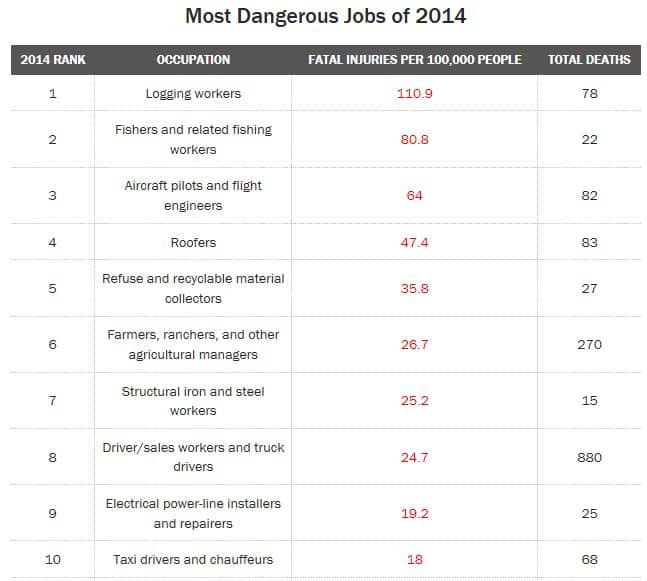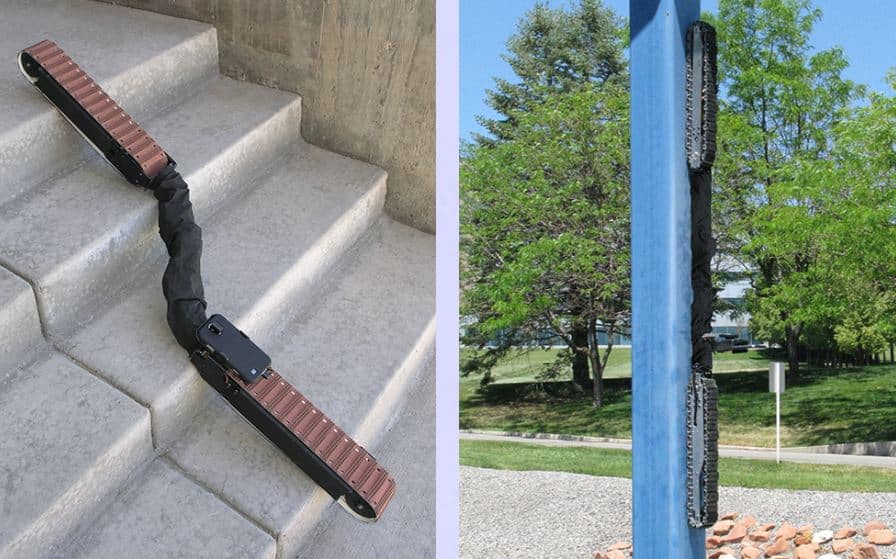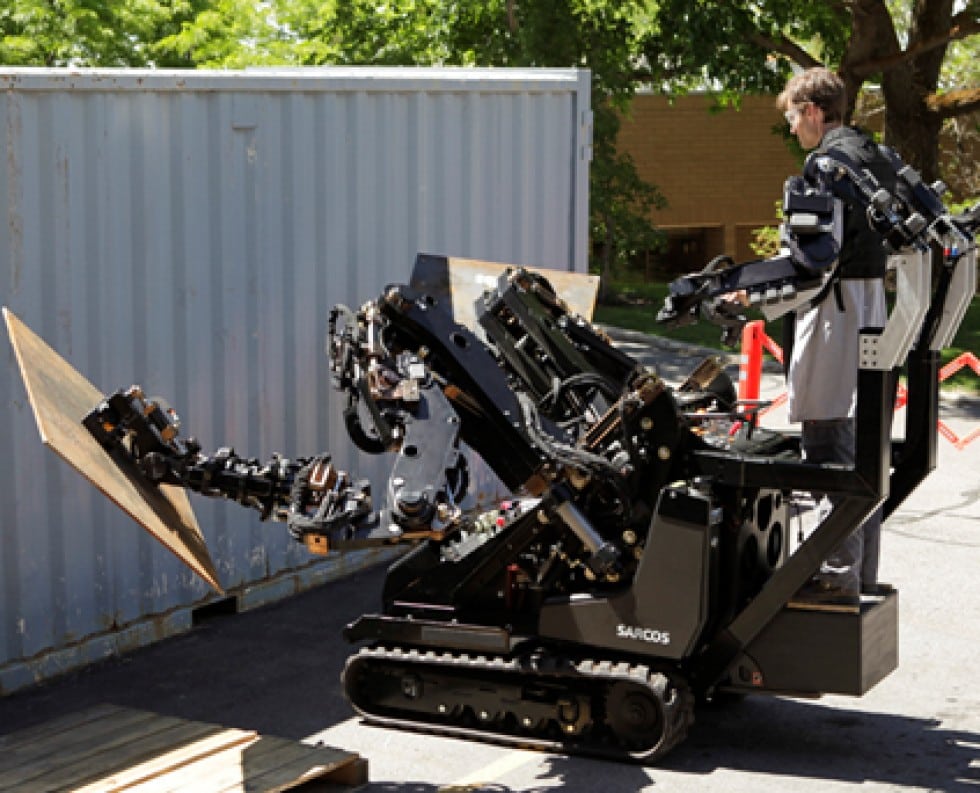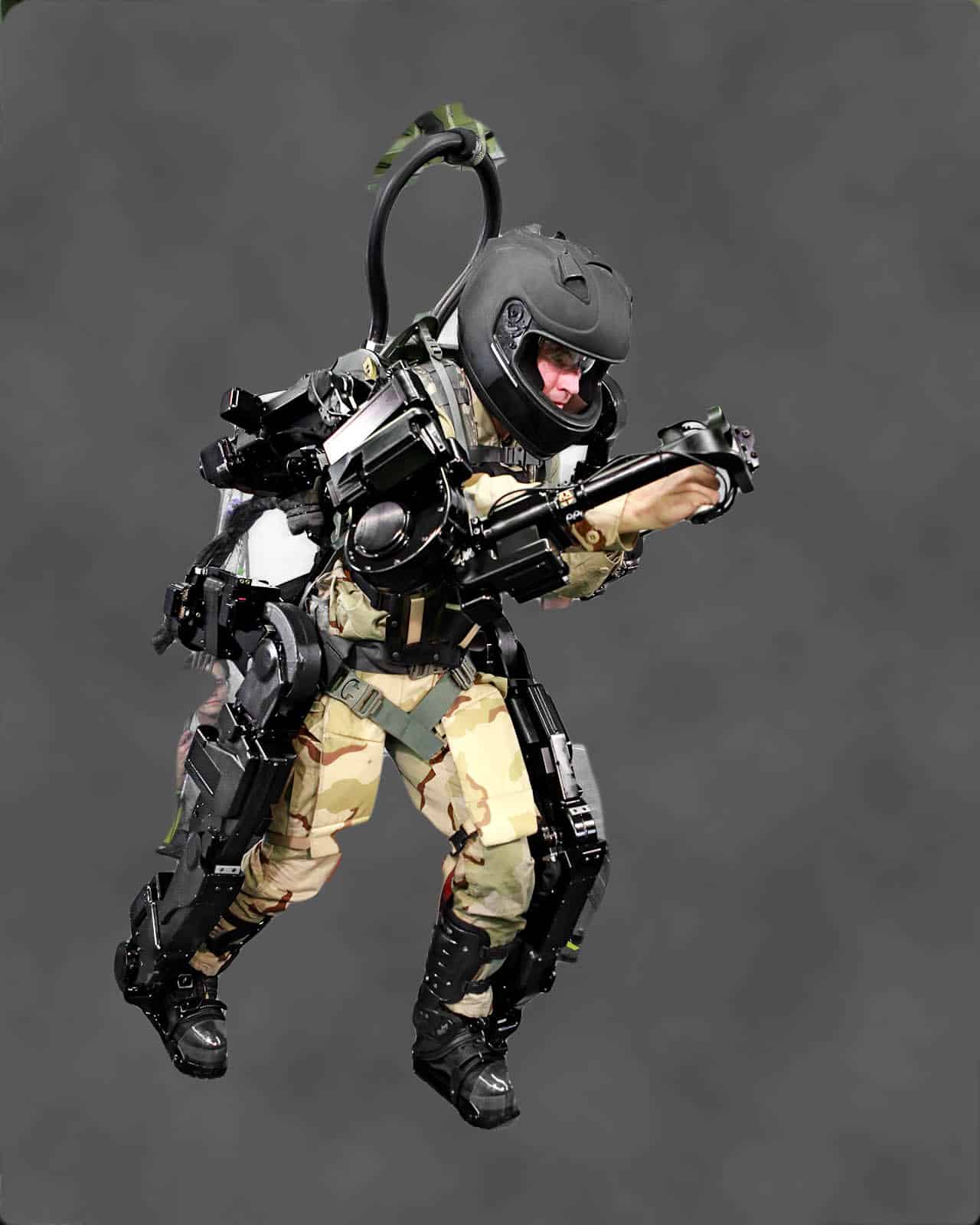Sarcos Robots – Doing the World’s Most Dangerous Jobs
Table of contents
Table of contents

The 4th Industrial Revolution is upon us and people are freaking out about robots and artificial intelligence “freeing up everyone else to do more value added activities“. This is a delicate topic but the almighty dollar will prevail. Those people who have been clamoring for minimum wage to be raised are now being cold cocked by companies like Momentum Machines which has built robots that will produce fast food exponentially better than humans. Resistance is futile so you better just start figuring out how you can capitalize on the whole thing by investing in companies that benefit from the rise of the robots.
When thinking about what jobs we should automate first, a good place to start is to automate jobs that are dangerous. Putting aside the value of life for a second if we can, dangerous jobs are expensive because they command higher salaries and when people die, you get slapped with wrongful death suits. Employing robots for dangerous jobs benefits everyone involved. Companies can save money and lives while the people who were working in these jobs can (say it with us together now everyone…) move on to do more value added activities. So what are the world’s most dangerous jobs? Here’s a list from Time Magazine:
3 of those jobs could be on their way out with the introduction of autonomous vehicles (taxi drivers, truck drivers, and pilots), The remainder of these jobs would require proper humanoid robots with remote operation capabilities. When we talk about “moving on to do more value added activities“, one of these activities will be acting as a remote operator that controls these new humanoid robots. Let’s say you have a logging operation. You could have all your logging machines operated by a crew of humanoid robots controlled remotely by 1 or 2 humans. That idea is not as far-fetched as you might think. Allow us to introduce you to a company called Sarcos.
About Sarcos
Founded back in 1983, Sarcos has been developing robots for the past 25 years. Back in 2007, Raytheon acquired the company and then 7 years later, the Company spun out from Raytheon into a startup yet again. In September of this year, Sarcos took in a $10.5 million funding round from investors that included Microsoft, General Electric, and Caterpillar. Sarcos plans to use the money for the “development of dexterous industrial robots for use in unstructured environments“. Just last year Sarcos introduced The Guardian S, the first-ever commercially available energetically autonomous snake robot:
The Guardian S weighs less than 8 pounds and has up to 16 hours of battery life. It can carry a full suite of sensors and facilitates two-way real-time video and voice communications. The robot is designed for use in public safety, security, disaster recovery, infrastructure inspection, aerospace, maritime, oil and gas, and mining. Sarcos will make the Guardian S available pursuant to an innovative Robot-as-a-Service (RaaS) offering starting at US$1,500 per month.
The second robot product offering from Sarcos is the Guardian GT – Big Arm robot which is a “technical solution to the 40 to 400 pounds “lift gap” that exists in many commercial, industrial, and first responder environments“:
The robot seen above provides “augmented strength” to the operator with minimal training required as the robot just becomes an extension of the operator’s real-world arm movement. The robot will be employed in application areas such metal fabrication, ship building, and nuclear reactor inspection.
The third Sarcos robot offering, the Guardian XOS, is an exoskeleton which was originally developed for the U.S. Army. The suit enables its wearer to do superhuman feats such as easily lifting 200 pounds several hundred times in a row or repeatedly punching through three inches of wood. At the same time, the suit is also agile and graceful enough to let its wearer kick a soccer ball, punch a speed bag or climb stairs and ramps with ease.
In addition to these three robots, Sarcos has also developed a series of humanoid robots, some of which are being used by entertainment companies like Walt Disney for their attractions.
Sarcos has one of the most experienced robotics development teams in the world, and just now they are receiving a healthy dose of funding from high-profile corporate investors. This is a testament to how robotics has finally matured such that we can expect a significant acceleration in the adoption of robots that work flexibly in “unstructured” settings. Robots are finally moving off the factory floors and into real world settings where they can save lives and help impact the nearly 8 million people a year in the U.S. that are injured or killed on the job.
Sign up to our newsletter to get more of our great research delivered straight to your inbox!
Nanalyze Weekly includes useful insights written by our team of underpaid MBAs, research on new disruptive technology stocks flying under the radar, and summaries of our recent research. Always 100% free.

















